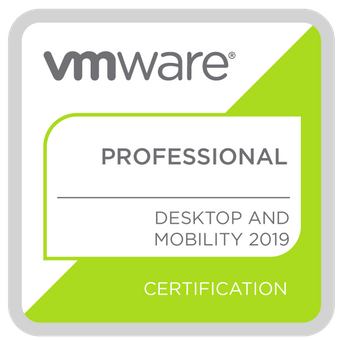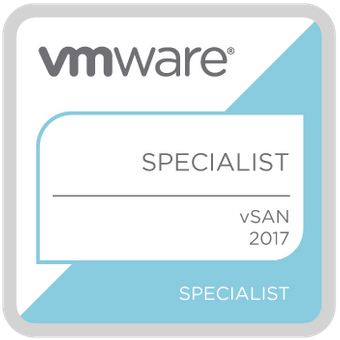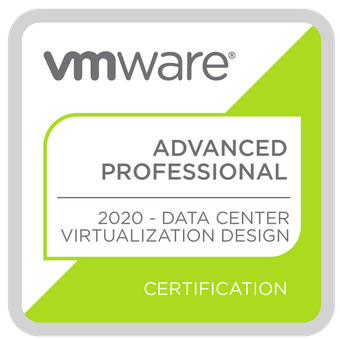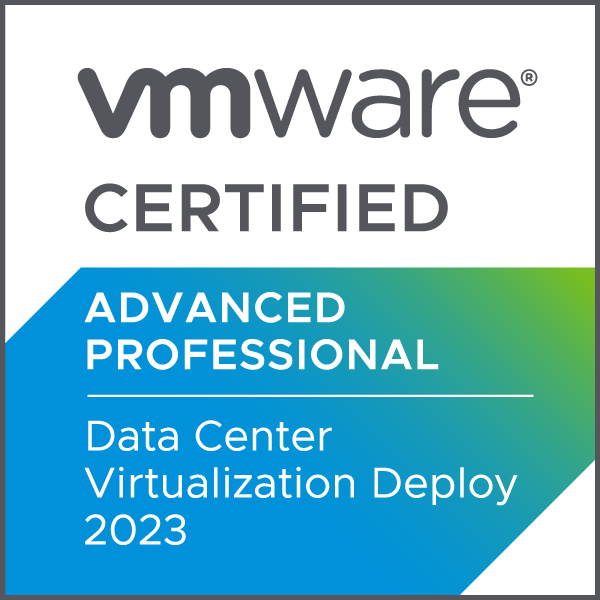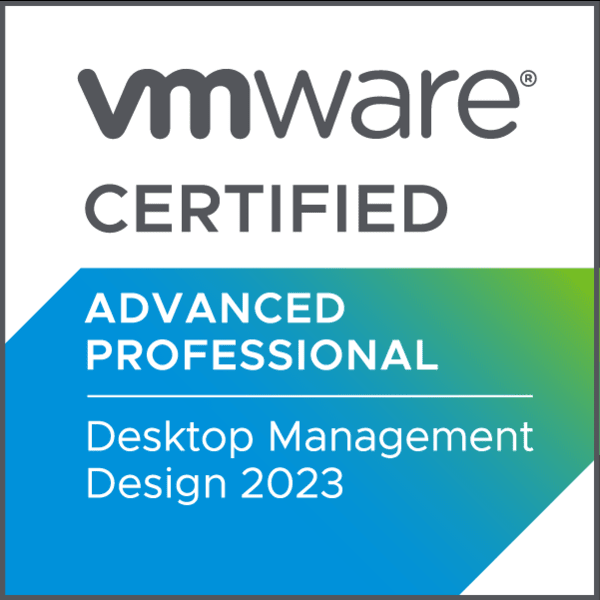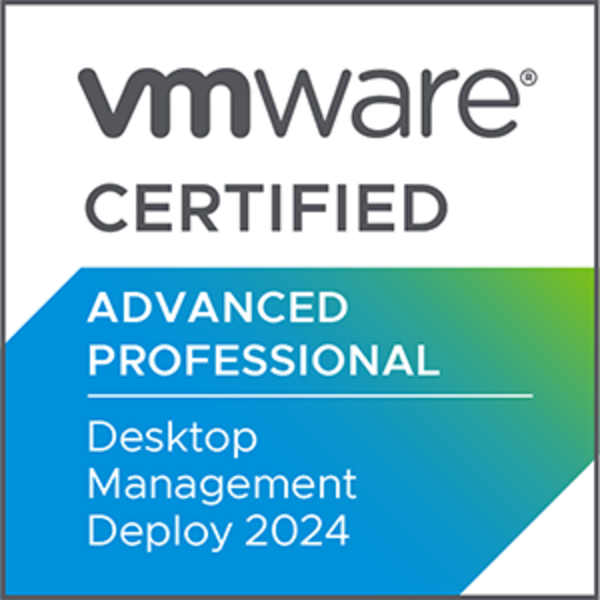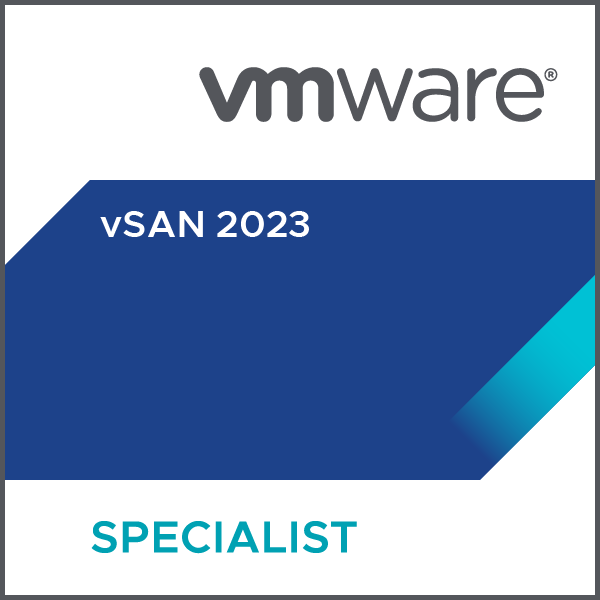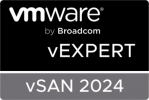Security features in a vSAN environment
This is part of the VMware vSAN guide post series. You can access and explore more objectives from the VMware vSAN study guide using the following link. In this blog post, I will explore vSAN security features to protect your data from both internal and external threats and enhance the security of the vSAN Cluster. I have already mentioned some […]


